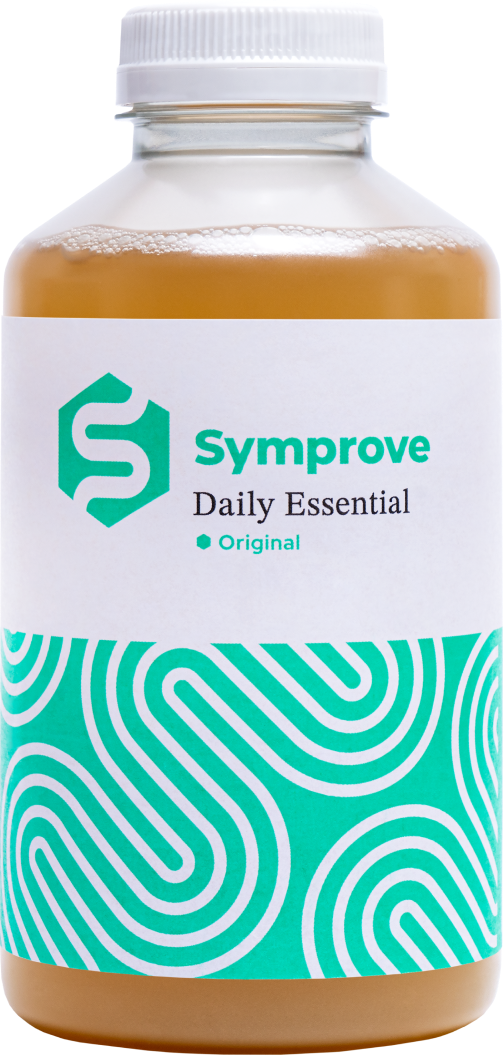The majority of probiotic products sold in the UK are presented as food supplements or – less commonly – foods. Probiotic food supplements usually come in capsule, tablet, chewable or liquid form, with specific dose guidance.
From a safety perspective, both supplement and food forms of probiotics are subject to requirements set out in food law. Probiotic products must be safe for use and of the nature, substance and quality demanded. The onus is on the manufacturer to be able to demonstrate that all reasonable actions have been taken to ensure the products are safe for use.
Three main aspects of safety can be considered for probiotic products (based on Safety of probiotics from ISAPP 2019):
- The safety of the bacteria strains used
- Safety of the product as manufactured
- Safety of the product for the intended consumer
Safety of the bacteria strain(s) used in the probiotic product
Factors considered when assessing the safety of bacteria for use as probiotics include:
- pathogenicity
- antibiotic susceptibility and risk of antibiotic resistance transfer to other gut bacteria
- absence of virulence* factors
- absence of toxicity
- genetic stability
Some bacteria are accepted as safe as a whole species (e.g. Lacticaseibacillus rhamnosus or Lactobacillus acidophilus) based on their typical and consistent characteristics. Other bacteria need safety demonstrated at strain level, due to greater variations in characteristics between strains within the species. In these cases, a dossier of evidence to support safety, based on factors listed above, should be held by the company responsible for the ingredient.
Example:
Genus: Lacticaseibacillus
Species: Rhamnosus
Strain: NCIMB 30174
Only bacteria for which there is sufficient evidence of safety and which are clearly identified and characterised should be selected for use in probiotic products.
The bacteria in Symprove have been fully characterised, with documented safety.
Safety of the product as manufactured
Probiotic products should be manufactured according to good manufacturing practices, with consideration and documentation of any safety risks and controls put in place to manage them. Steps specific to probiotic product manufacture may include heat steps to reduce the presence of other microorganisms before the probiotic bacteria are added to a product or control of moisture or pH to limit growth of pathogenic microorganisms in the finished product.
Audits and analyses are used to confirm that implemented controls have been successful in ensuring the finished product is safe for the target audience.
Symprove is manufactured in the UK, following a controlled production procedure, with independent laboratory verification of its safety and quality.
Safety of the product for the intended population group
Overall, probiotics (including Symprove) have a very good safety profile and are deemed safe in most individuals. While there have been studies conducted in high risk groups, the use of probiotics cannot be considered risk-free and should be carefully assessed for safety in some patient groups. For example, there have been a handful of case reports (and theoretical concerns) of probiotics increasing risk of adverse events in some people (e.g. severely immunocompromised/critically ill). Probiotic advice in different patient groups is generally based on uncertainty rather than robust evidence of harm. This report offers a very comprehensive overview: Safety of probiotics used to reduce risk and prevent or treat disease
Selecting a product that is suitable for your patient or client
- Read the label: check for relevant bacteria species/strains and for any guidance on suitability/excluded users
- Visit the company website for healthcare professionals (if there is one) for insight into research, including data on safety, that has been carried out on the product. This information is not generally shared on public-facing websites
- Contact the company for assistance with any specific questions around safety and suitability for use
- As probiotics may be presented as foods or food supplements, the suitability of the whole product – including other ingredients – should also be considered before recommendation
*Virulence is described as an ability of an organism to infect the host and cause a disease. Virulence factors are the molecules that help the bacterium colonize the host at the cellular level. They may assist with adhesion to the gut wall, adaptation to suit the environment or protect the bacteria from defences mounted by host’s immune system.
Reference
- Hempel S, et al. Safety of probiotics used to reduce risk and prevent or treat disease. Evid Rep Technol Assess (Full Rep). 2011 Apr;(200):1-645.



